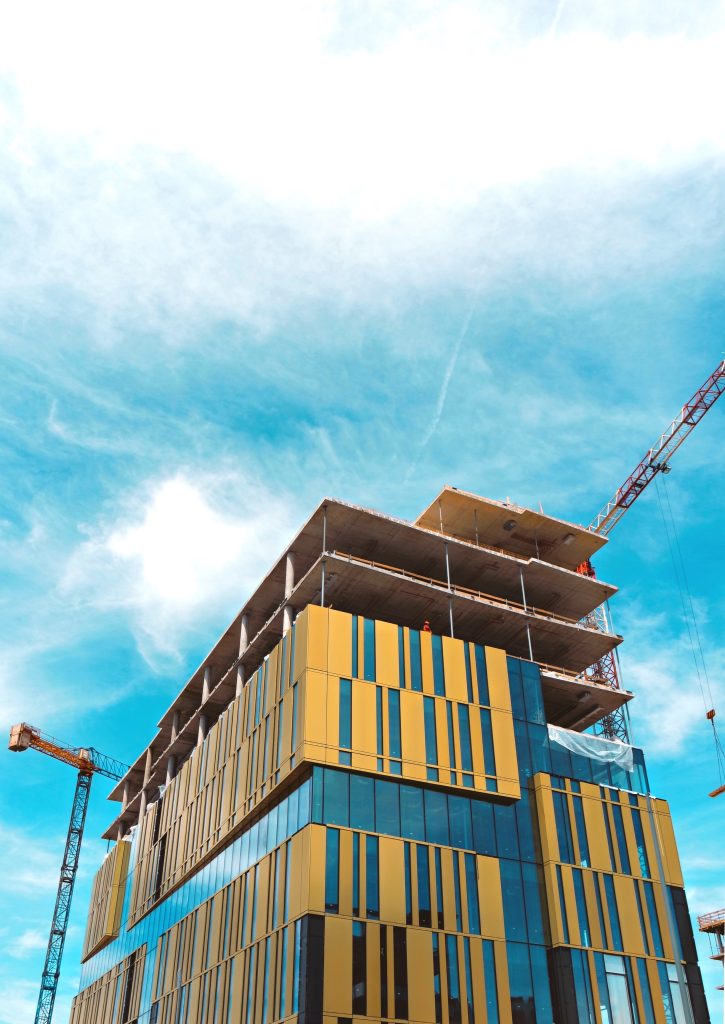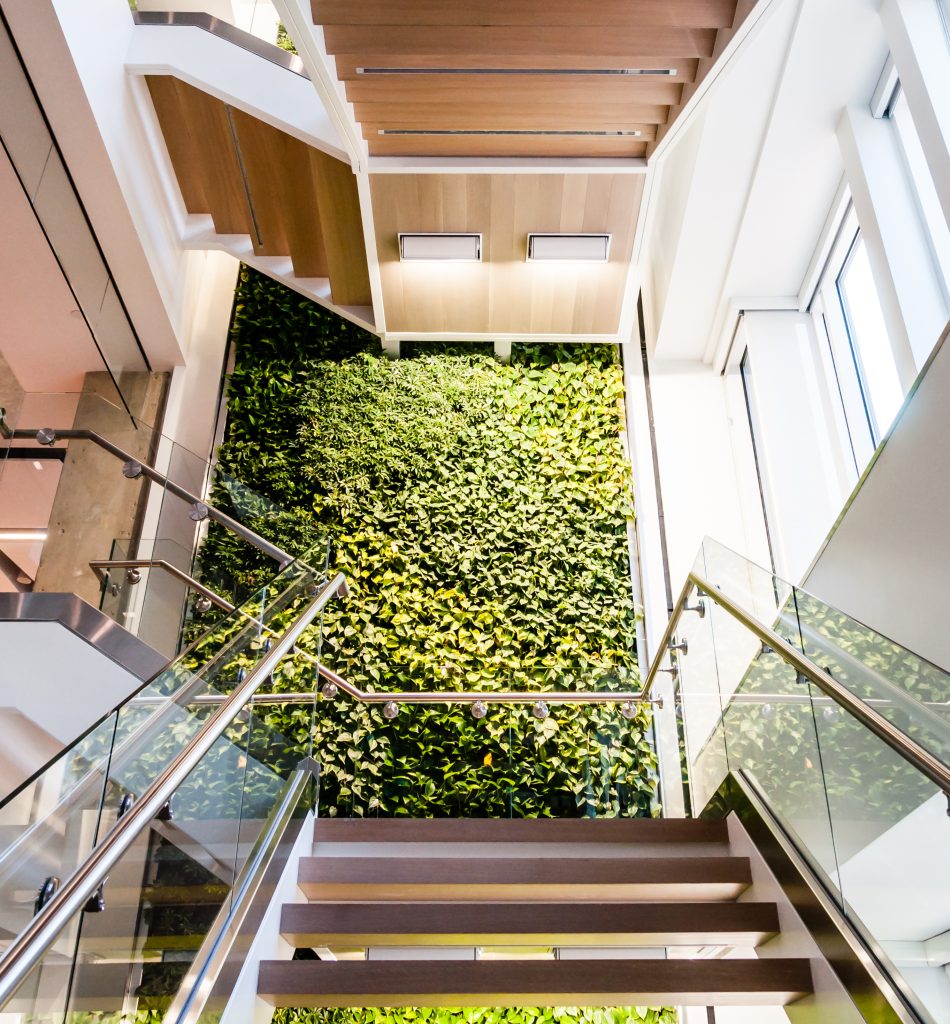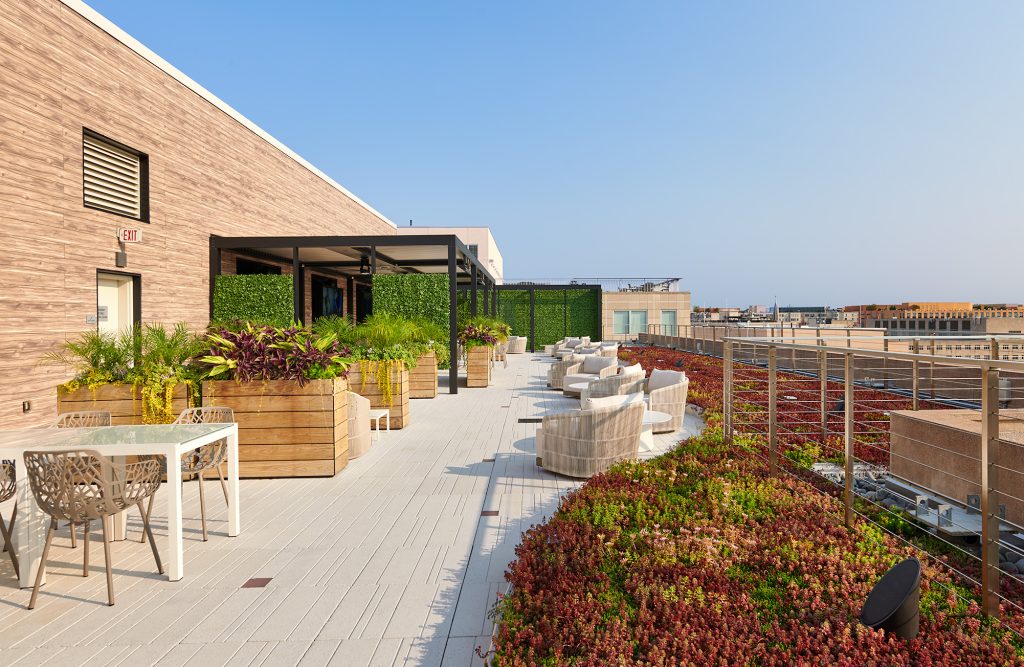Sustainability is more than just a buzzword. Every day, the concept of “sustainability” influences aspects of our lives – from what we eat, to how we invest, and the energy we consume. But what does it truly mean? The UN Commission’s 1987 definition paints a clear picture: Meeting the needs of the present without compromising the ability of future generations to meet their own needs.
Riding the Wave of Renewable Energy and ESG Investing. There’s a good reason why renewable energy and ESG (Environmental, Social, Governance) investing are hot topics. The journey towards cleaner energy sources isn’t just a noble cause – it’s a necessity. And achieving it? That requires a blend of public support and private investment. However, as climate disasters continue to grow in both frequency and destruction, sustainable real estate development is also becoming a vital consideration.

The Critical Role of Sustainability in Real Estate
Roughly 37% of global green house gas emissions are produced by the real estate industry. About 28% of those emissions are attributed to operational emissions (heating, cooling, lighting) and 9% from material and construction. To effectively combat climate change, significant improvements need to be made in how we build and maintain new buildings. One approach is to reuse/salvage existing materials or use more recycled and sustainable materials like bamboo, cork, hempcrete, or recycled plastic in construction can significantly cut down on emissions that are part of the construction and manufacturing processes. Additionally, operating emissions can be reduced by using LED lighting, high efficiency appliances and HVAC systems, as well as highly efficient windows and insulation to reduce heat and A/C loss in the winter and summer.
It’s one thing to envision efficiency in new buildings, but the location of the building also needs to be considered. Locating your future project in dense, populated area will not only help preserve green site development, but also allow occupants to take advantage of public transportation and walkable neighborhoods, further reducing emissions. A 2009 Urban Land Institute (ULI) study concluded that improvements in land-use patterns and investment in public transportation could reduce greenhouse gas emissions by reduced by 9%-15% by 2050.
Around the world, we’re facing unpredictable and severe weather patterns with larger hurricanes, more flooding, longer wildfire seasons, and more drought. Putting a new house on a pristine beach front lot seems like the ultimate dream come true, but what will that location look like in a decade? Climate change is causing higher tides and more frequent storm surges, which could flood coastal areas.

Today’s buildings must be designed to withstand these increasingly frequent climate disasters. By 2035, the frequency of major hurricanes in the Atlantic will increase by 14%. Sea levels could rise by almost 7ft by 2100, submerging millions of homes and displacing nearly 480 million people. Climate change in Sub-Saharan Africa, South Asia, and Latin America could internally displace an additional 143 million people by 2050. There needs to be an increase in focus on whether a particular location is sustainable itself. What does that mean? Will that area become more flood prone over time; is there a chance it could run out of water due to drought; and how frequently could it see severe weather like tornados or hurricanes. All these factors contribute to deciding whether it is it sustainable to build in a location without the increased risk of needing to rebuild or significantly renovate due to weather damage in the near future.
Unlocking the Advantages: Why Sustainable Building is the Future
Building sustainable infrastructure and housing will help reduce greenhouse gas emissions and ultimately, reduce the impact of climate change. While implementing sustainable building practices may come with a premium, the long-term payoffs are worth it. Investing in energy efficient appliances will help save on your electric bill for years to come. Installing solar panels can help reduce your energy costs and reduce your reliance on an increasingly strained and unreliable power grid. Building in a location that is less flood prone or severe weather prone can help decrease your cost of insurance and reduce the risk of needing to rebuild in the event of a weather disaster. On top of these benefits, green certifications on buildings, like LEED and BREAM certifications, created a rental premium of 6% and a sales premium of 7.6%. As sustainable materials and energy efficient solutions continue to evolve and improve, the prices will only continue to decrease. Like how the price of solar panels decreased by over 75% since 2010 and their efficiency increased over that period as well. Technology will only improve, making the sustainable transition more attainable across the board.
What’s Next
Building greener is something many of us can get behind, but how can we put this into action? It starts with education. As mentioned, programs like LEED and BREAM are leading the pack and setting the standards for how to build more sustainable. Becoming familiar with these programs can help provide a road map on how to build better. Organizations such as USGBC and ULI are also great ways to learn of new building technology/practices and sustainability trends, so look to get involved with your local chapters. KGO’s Dane Bralich shares, “Joining programs like USGBC has been a huge part of my education process and learning sustainability trends to present to our clients. It is not only the education but being able to plug into a network of like minded individuals who can share their real world sustainability experience only further helps us spread awareness in the private building sector”. It is the industry professionals who are pushing sustainable building practices and build momentum for them to be widely accepted across the industry. In the public sector, regulations at the city level are catching up by updating code requirements and utilizing LEED and other programs in these requirements. Many cities also include rebate programs to help incentivize more sustainable building.

Joining programs like USGBC has been a huge part of my education process and learning sustainability trends to present to our clients.
Dane Bralich
Key Essentials for Crafting Sustainable Buildings: A Guide
Location Matters: The choice of your building site plays a crucial role in building sustainability and resilience. Avoid areas prone to flooding, coastal zones threatened by sea-level rise, and regions susceptible to wildfires or extreme weather events. A comprehensive site assessment is essential to understand local climate conditions and potential risks.
Design for Energy Efficiency: Prioritize passive design principles that harness natural elements for your building’s energy needs. Maximize natural lighting, optimize building orientation, and use high-performance insulation to reduce energy consumption. Invest in energy-efficient windows, doors, and appliances to minimize energy usage. Consider on-site renewable energy sources like solar panels and wind turbines.
Durable and Sustainable Materials: Choose building materials with both sustainability and durability in mind. Options include bamboo, recycled steel, reclaimed wood, and low-impact insulation. These materials have long lifespans and require minimal maintenance, reducing the need for replacements.
Resilient Building Envelope: Create a strong building envelope that safeguards against extreme weather conditions. This includes protection against strong winds, heavy rainfall, and temperature fluctuations. Proper waterproofing and sealing are essential to prevent water intrusion.
Smart Water Management: Implement water-efficient fixtures, such as low-flow toilets and faucets, and explore rainwater harvesting and greywater recycling systems. Incorporate landscaping techniques that reduce water consumption and manage stormwater effectively.
Climate-Responsive Design: Tailor your building’s design to adapt to changing climate conditions. Develop shading solutions for hotter climates and ensure good ventilation in areas susceptible to heatwaves. Utilize adaptable, multi-use spaces to accommodate evolving needs and scenarios.
Sustainable HVAC Systems: Choose energy-efficient heating, ventilation, and air conditioning (HVAC) systems. Consider geothermal heating and cooling, an energy-efficient and resilient option that can provide comfort even during extreme weather.
Resilient Infrastructure: Elevate your building above anticipated flood levels (if applicable) and incorporate flood-resistant materials and construction techniques. Ensure the presence of backup power sources, such as generators or battery storage systems, to maintain essential functions during power outages.
Monitoring and Control Systems: Implement smart building technologies for real-time monitoring of environmental conditions, energy usage, and security. Automation can optimize energy consumption and enhance comfort based on climate conditions. These systems contribute to the overall sustainability and resilience of your building.

What Does the Future Hold
If the past is an indicator, the threat of severe weather, drought, and flooding are increasing. Those threats will make sustainable real estate development significantly more important and in demand. There will be a point in time where we can no longer avoid making significant changes to our approach to building to adapt to the new climate reality. Whether that moment occurs in the next year or next 10 years, mother nature will force our hand and it will drive a global infrastructure overhaul, the size of which has never been seen before.
Embark on your sustainable journey today.
Let’s transform your vision into reality.
Our expert team is ready to partner with you in assessing your building and plans. We’ll provide tailored recommendations to seamlessly integrate sustainable practices into your project. Connect with us now to take the first step towards a greener, more sustainable future.
